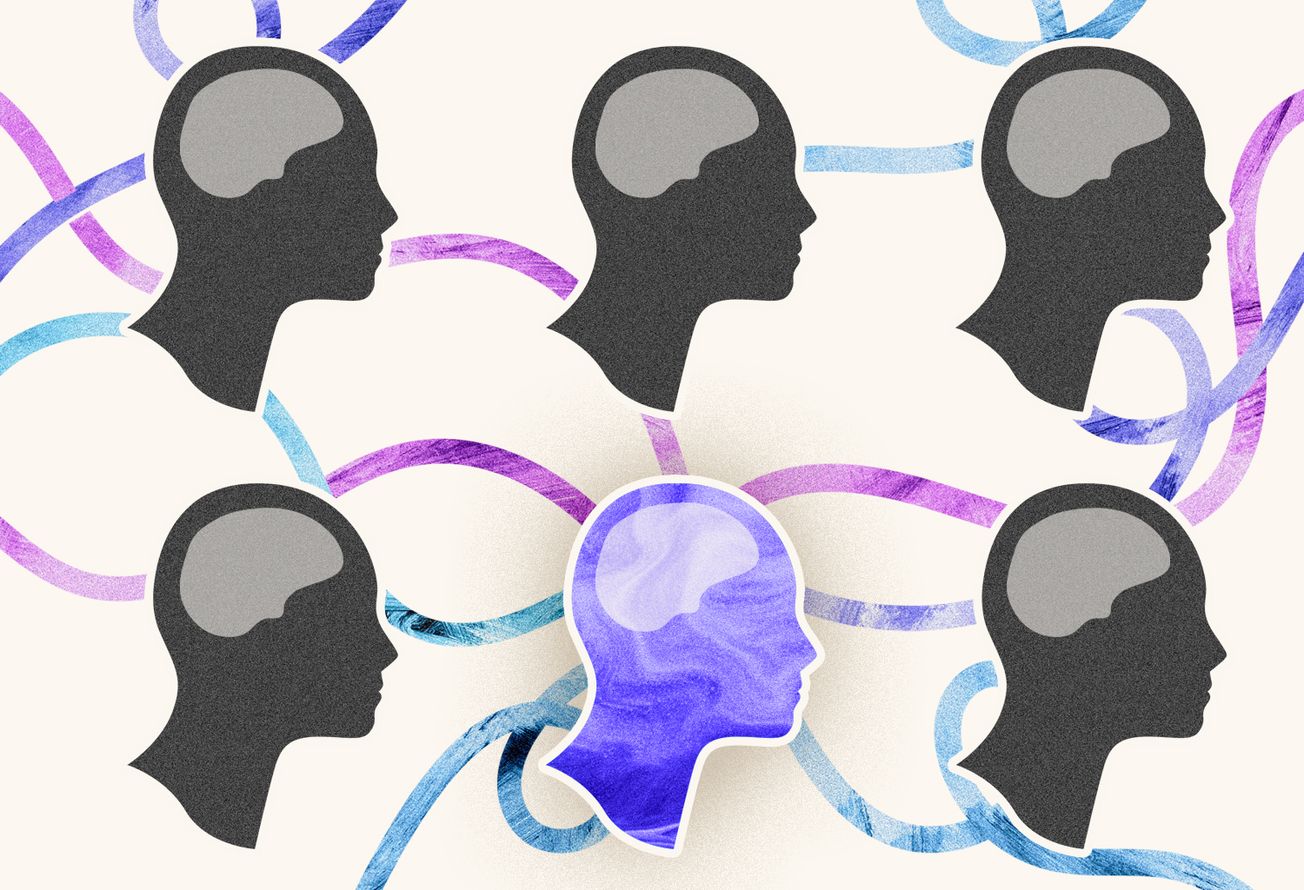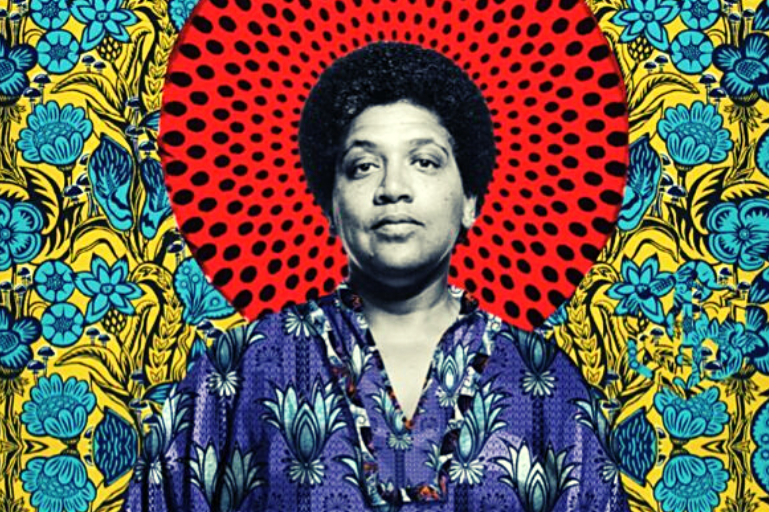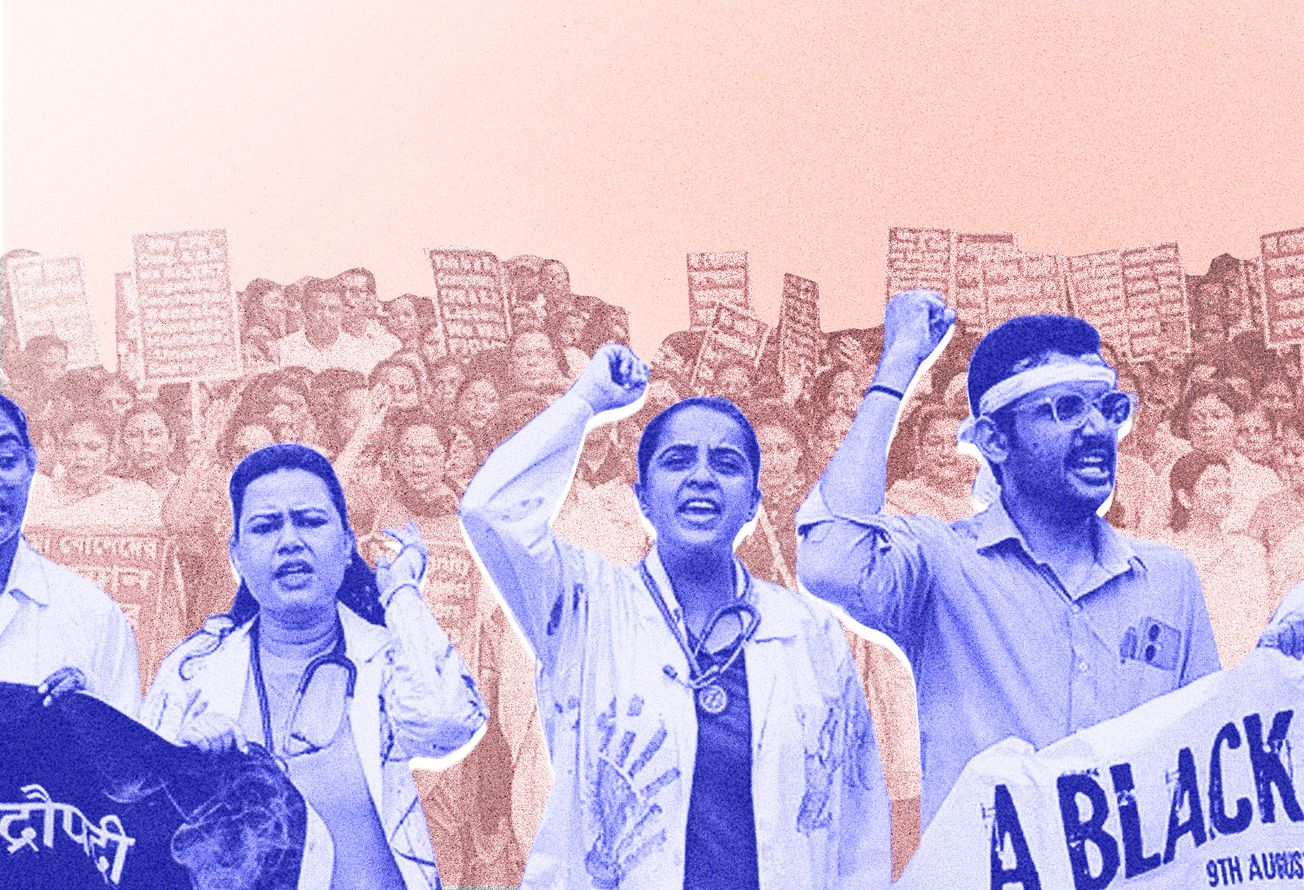Gynaecological violence is common in India and all over the world. It is part of the continuum of structural gender violence. Women (and people with uteruses) find it hard to break the silence, but a growing body of research is bringing the problem to the fore. Gynaecological violence leads to the systemic denial of autonomy, dignity, and knowledge to patients within public and private healthcare.
Almost everywhere in India, it's mandatory for patients to provide their husband or father's name before a first consultation. Most gynaecologists still ask women if they are married rather than ask them if they're sexually active. Sexist practices and behaviours indicate that women are likely to be treated with disrespect by healthcare professionals because their belief systems are shaped by internalised misogyny.
Power imbalance and patient vulnerability are frequently abused, making access to gynaecological care unsafe. Women with wealth and caste privilege are also mistreated, and those from marginalised sections face greater abuse. A pregnant woman told a gynaecologist in a leading private hospital in Delhi that the sheet on the examination table had some other patient's blood stains. The gynaecologist refused to change the sheet and added, "You will forget all these nakhras (tantrums) in the labour room." A gynaecologist in South Delhi ties women's hands during childbirth.
Healthcare professionals are often from upper caste groups and dehumanise women from oppressed castes with impunity. Dalit and Muslim women face an increased risk of forced sterilisations as Hindu supremacy is on the rise. Many patients do not have the choice to go to another gynaecologist.
White healthcare professionals discriminate against or dehumanise Black women and women of colour. When the abuse is not physical, it takes other more devious forms: the patient's agency is undermined or racist assumptions are made about the patient "being too dramatic" and exaggerating their pain or discomfort because of their culture.
Studies indicate that obstetric violence has long-lasting, chronic and fatal health consequences and many victims also reported serious deterioration in spousal and family relationship. [1]
Slapping, pinching, pushing, and verbal abuse are common forms of violence and abuse during childbirth in India. Forced or rough vaginal examinations, fundal pressure, and refusal to acknowledge pain or provide relief are reported everywhere. The "husband stitch" (an extra stitch to the perineum after childbirth to tighten the vagina for the increased pleasure of a male sexual partner) and "virginity repair" (hymenoplasty performed on young women raped as children) result in excruciating pain.
Queerphobia, transphobia, fatphobia, ageism, and ableism compound the violence and abuse in gynaecology. People who choose not to give birth are discriminated against. Vaginal/ rectal penetration without the patients' free and informed consent is assault (regardless of the healthcare provider's gender).
Gynaecologists are known to berate or mock patients who check the internet to be better informed about their bodies and available medical solutions. Their authoritarian approach demands passivity from patients. Gynaecological practice is rarely trauma informed. Invasive exams can re-traumatise those who have experience sexual assault or abuse.
Cases of sexual assault and harassment against gynaecologists also surface periodically. The privacy of medical consultations and the intimate nature of the medical exams makes women very vulnerable.
In France, gynaecologist Emile Daraï was charged with "voluntary violence" this week. Thirty-odd women complained against him; at least 6 accused him of rape. He was banned from contacting the victims and from holding private gynaecological consultations. An internal investigation concluded that the obligation to inform these patients, relieve their pain, and respect their wishes had not been complied with. No sexual intent was found. [2]
In June 2022, Paris prosecutors opened a rape investigation into accusations that a member of the French government, a woman (Chrysoula Zacharopoulou) who worked as a doctor before joining politics, reportedly performed gynaecological exams on two women without their consent. [3]
The history of gynaecology is fraught with violence. Women were removed as the depositories of the knowledge of their bodies and of reproduction. In Europe, by the beginning of the 17th century, the first male midwives began to appear and, within a century, obstetrics has come almost entirely under state control. [4]
Dr. J. Marion Sims, lauded as the father of gynaecology, "came to his discoveries [in the nineteenth century] by acquiring enslaved women in Alabama and conducting savage surgeries that often ended in disfigurement or death. He refused to administer anesthesia, saying vaginal surgery on them was not painful enough to justify the trouble. ..." [5]
"Many feminists have noted the significance of the fact that the massacre of the wise women/healers during the witchcraze was followed by the rise of man-midwives who eventually became dignified by the name 'gynecologist'' ~Gy/necology. The metaethics of radical feminism. Mary Daly (1978)
With the marginalisation of the midwife, the process began by which women lost the control they had exercised over procreation, and were reduced to a passive role in child delivery, while male doctors came to be seen as the true "givers of life" (as in the alchemical dreams of the Renaissance magicians). With this shift, a new medical practice also prevailed, one that in the case of a medical emergency prioritised the life of the fetus over that of the mother. ~Caliban and the Witch: Women, the Body and Primitive Accumulation (2004)
In 2014, the World Health Organization strongly criticised the disrespectful and abusive treatment that women may suffer while giving birth in hospital. In 2019, Dubravka Šimonović, United Nations Special Rapporteur on violence against women, its causes and consequences, submitted a report on the mistreatment and violence against women in reproductive health services to the United Nations General Assembly. [6]
Venezuela, Argentina, Mexico, Brazil and Uruguay have specific laws against obstetric violence. All countries should recognise gynaecological and obstetric violence as a serious violation of women's rights and make room for legislation to prevent it. Medical professionals need to be held accountable for their sexist and abusive behaviours.
[1] Experiences and impacts of Obstetric violence on Indian women within the Public healthcare system. Acharya, Sarangi, Behera.
[2]Huffington Post (France)
[3] Associated Press
[4] Caliban and the Witch: Women, the Body and Primitive Accumulation (2004). Silvia Federici
[5] Caste: The Origins of Our Discontents (2020). Isabel Wilkerson.
[6] Resolution 2306 (2019). Obstetrical and gynaecological violence. Council of Europe.









